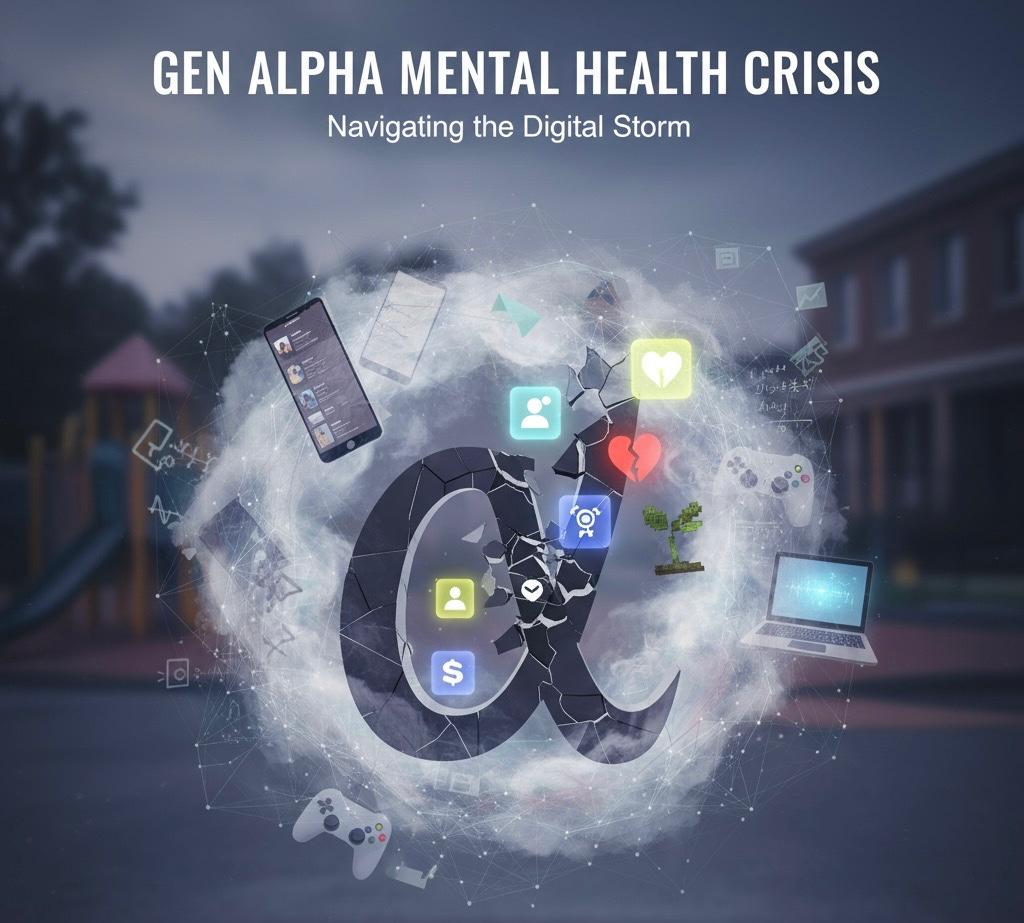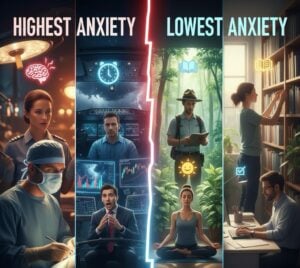Agoraphobia, a term that literally means ‘fear of the marketplace’, is a complex anxiety disorder. It extends far beyond the simple fear of open spaces, encompassing anxieties related to being in situations from which escape might be difficult or embarrassing, or in which help may not be available in the event of having a panic attack or panic-like symptoms. This article explores the symptoms, causes, and current treatments for agoraphobia, relying on scientific sources to provide an in-depth understanding of this condition.
Symptoms of Agoraphobia
Individuals with agoraphobia often avoid places or situations that might induce panic, feelings of being trapped, helpless, or embarrassed. According to the Diagnostic and Statistical Manual of Mental Disorders, Fifth Edition (DSM-5), symptoms may include:
- Fear of using public transportation, being in open or enclosed spaces, standing in line, or being in a crowd.
- The individual fears these situations due to thoughts that escape might be difficult or that help wouldn’t be available if panic-like symptoms or other embarrassing symptoms (e.g., fear of falling in the elderly) occur.
- These situations almost always provoke fear or anxiety.
- The situations are actively avoided, require the presence of a companion, or are endured with intense fear or anxiety.
Causes of Agoraphobia
The exact cause of agoraphobia is unknown, but a combination of genetic, environmental, and psychological factors is believed to contribute. A history of trauma or stressful life events, such as the loss of a loved one, can increase the risk of developing agoraphobia. Additionally, individuals with a temperament that is more sensitive to stress or prone to negative emotions may be at higher risk. Neurological factors, including abnormalities in the brain’s fear pathways, have also been suggested as contributing factors (Asnaani, Richey, Dimaite, Hinton, & Hofmann, 2010).
Treatment for Agoraphobia
Cognitive-Behavioral Therapy (CBT): CBT is the most effective treatment for agoraphobia and panic disorder. It involves exposure to the feared situation in a controlled and gradual manner, helping the individual learn that the situations are not dangerous and that panic symptoms can be managed. Cognitive restructuring within CBT also helps change the negative thought patterns that contribute to the fears associated with agoraphobia (Bandelow, Seidler-Brandler, Becker, Wedekind, & Rüther, 2007).
Medication: Antidepressants, particularly selective serotonin reuptake inhibitors (SSRIs), and sometimes benzodiazepines for short-term relief, can be effective in treating agoraphobia. Medications are often used in conjunction with psychotherapy to treat agoraphobia effectively (Bandelow et al., 2007).
Lifestyle Changes and Self-Help Strategies: Engaging in regular physical activity, practicing relaxation techniques such as mindfulness and deep breathing, and avoiding caffeine and alcohol can also help manage symptoms of agoraphobia.
Support Groups: Participation in support groups can provide emotional support and shared experiences, helping individuals feel less isolated in their condition.
Conclusion
Agoraphobia is a treatable condition, with a combination of therapy, medication, and self-help strategies offering effective relief for many. Understanding the symptoms and seeking professional help early can significantly improve the quality of life for those affected by agoraphobia. Continued research and development of treatments are crucial in offering hope and recovery for individuals living with this challenging anxiety disorder.
References
- American Psychiatric Association. (2013). Diagnostic and Statistical Manual of Mental Disorders (5th ed.). Arlington, VA: American Psychiatric Publishing.
- Asnaani, A., Richey, J.A., Dimaite, R., Hinton, D.E., & Hofmann, S.G. (2010). A cross-ethnic comparison of lifetime prevalence rates of anxiety disorders. Journal of Nervous and Mental Disease, 198(8), 551-555.
- Bandelow, B., Seidler-Brandler, U., Becker, A., Wedekind, D., & Rüther, E. (2007). Meta-analysis of randomized controlled comparisons of psychopharmacological and psychological treatments for anxiety disorders. World Journal of Biological Psychiatry, 8(3), 175-187.
How to get in touch
If you or your patient/NDIS clients need immediate mental healthcare assistance, feel free to get in contact with us on 1800 NEAR ME – admin@therapynearme.com.au.







